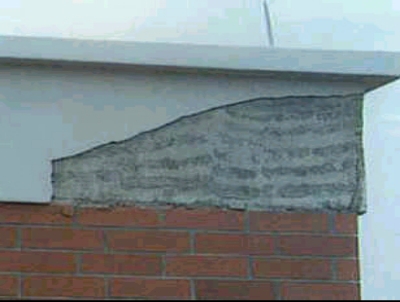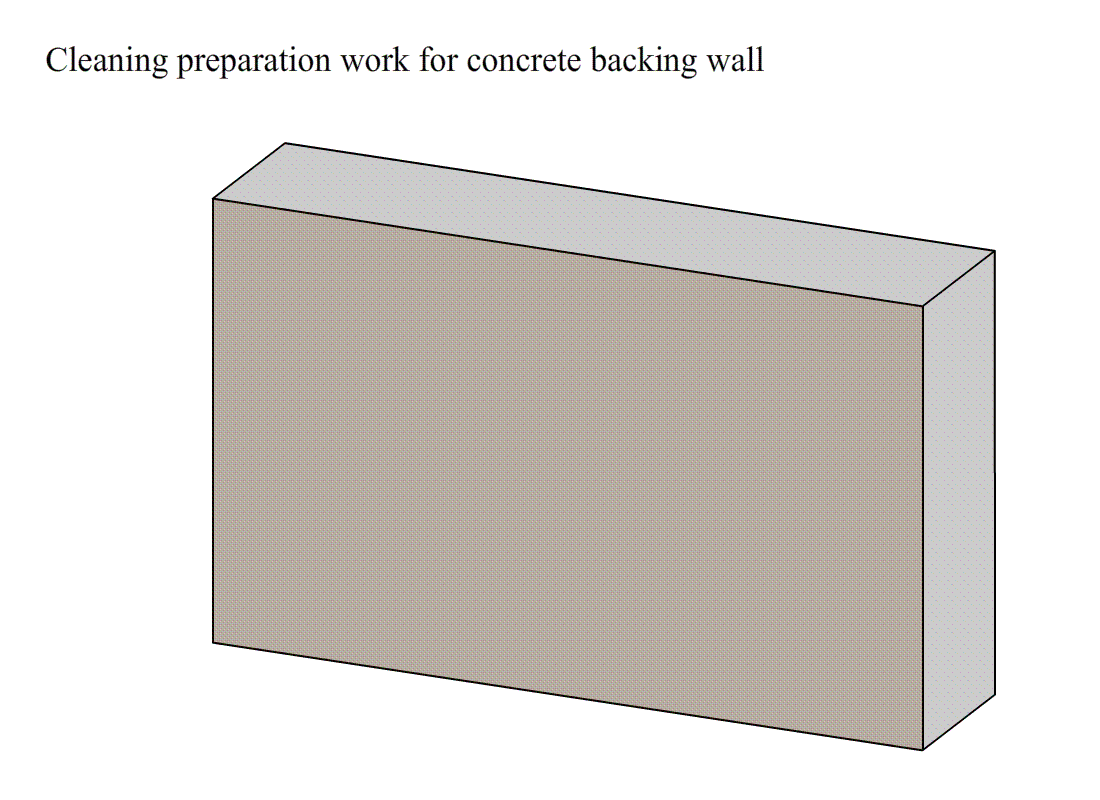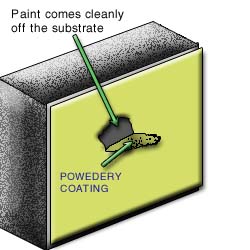Case 1
- Introduction
- Causes of Defects
- Good Practices
- Standards
- Maintenance and Diagnostics
- Remedial
- Similar Cases
- References


Introduction
Delamination of plaster
Type of Building: Residential
The plasterwork on dense concrete walls has become detached and sounds hollow when tapped. Plasters fall off or are broken off by relatively light blows.

The topcoat, with the undercoat of spatterdash adhering to it, often come away cleanly from the concrete. Powdery coating is also sometimes found on the delaminated side of the detached plaster (Figure 1).
With the aging of civil infrastructures and buildings, those deterioration has become an important social issue that can threaten public safety. The American Road & Transportation Builders Association reported in 2020 that 36% of bridges in the US need replacement or rehabilitation due to their aging [1]. Similarly, in Singapore, the age of 74% of high-rise residences exceeds 20 years old, and more than 90 incidents of falling parts of facades from high places occurred in recent three years [2]. To ensure public safety, governments introduced mandatory periodic inspection schemes of infrastructures and buildings. For civil infrastructures, long highway bridges in the US are required to be inspected every 24 months [3]. For buildings, Singapore [2], Japan [4], Hong Kong [5], and 13 cities in the US and Canada [6] enacted periodic inspection laws to prevent falling objects from building facades.
Defects in infrastructures can be diverse and include delamination, cracks, staining, and spalling, caused mainly by water penetration, reinforcement corrosion, thermal/moisture movements, differential settlement/loading, poor construction practices, etc. [7,8]. Among them, delamination, the condition in which the surface and inside are unbonded or unintegrated properly, are crucial because they lead to further deterioration, such as crack formation and element falling [9]. In concrete infrastructures, delamination arises in concrete cover near the surface because of the expansion of corroded embedded rebars as well as cyclical traffic load stress and environmental changes [10]. In building facades, delamination generally occurs at the interface between a finish layer, such as tiles or render, and a substrate, such as concrete or bricks [8,11–13]. Delamination constitutes a significant part of defects occurring on tile façades, accounting for 27% of facade defects in Singapore [8] and 71% in Brazil [14]. Since delamination arises under the surface, it is to be detected via nondestructive testings (NDTs).